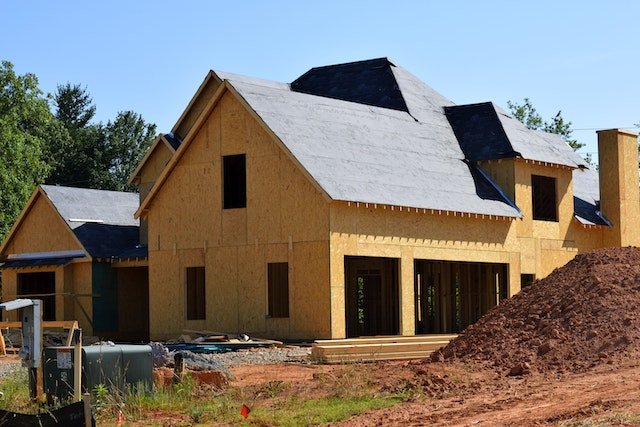Last Updated on March 16, 2024 by Umer Malik
Dampness in a home can be a homeowner’s nightmare. It not only affects the structural integrity of the building but also creates an unhealthy living environment. Dampness often leads to mold growth, wood rot, and health issues for the occupants. However, there is a solution: damp proofing. In this article, we will explore what damp proofing is, why it’s essential, and the different methods to achieve it.
Table of Contents
What is Damp Proofing?
Damp proofing is a set of techniques and materials used to prevent moisture from penetrating a building’s walls, floors, and foundations. It is a vital aspect of construction and renovation, especially in regions with high humidity or rainfall. The primary goal of damp proofing is to create a barrier that stops moisture from seeping into the building’s structure.
Importance
- Structural Integrity: Moisture can weaken a building’s structural components over time. Dampness can lead to the decay of wooden elements, corrosion of metal structures, and erosion of masonry. Damp proofing safeguards the building’s structural integrity.
- Health and Comfort: Damp environments provide a breeding ground for mold and mildew, which can lead to respiratory problems and allergies. Damp proofing helps maintain a healthy indoor environment.
- Energy Efficiency: Dampness can reduce the insulation properties of walls and floors, making it harder to maintain a comfortable temperature indoors. Damp proofing can improve energy efficiency by preventing heat loss.
Methods
- Damp Proof Membranes: Damp proof membranes are sheets or coatings made of materials like bitumen, plastic, or rubber. They are applied to walls, floors, or foundations to create a waterproof barrier. These membranes are commonly used in new construction.
- Chemical Damp Proofing: This method involves injecting chemical solutions into the building’s structure to create a barrier against moisture. It is effective for existing buildings and can be used in walls, floors, and foundations.
- Cavity Wall Insulation: In this method, an insulating material is placed in the cavity between the inner and outer walls of a building. This helps reduce moisture transfer while also providing insulation.
- External Waterproofing: External waterproofing involves applying waterproof coatings or materials to the exterior surfaces of a building. This method is often used for basements and foundations.
- Drainage Systems: Installing effective drainage systems around the foundation can divert water away from the building, reducing the risk of dampness. This includes techniques like French drains and sump pumps.
- Ventilation: Proper ventilation can help prevent dampness by allowing moisture to escape. Ventilation solutions include roof vents, air bricks, and dehumidifiers.
Choosing the Right Damp Proofing Method
The choice of damp proofing method depends on various factors, including the building’s age, location, and the severity of the moisture problem. It’s essential to consult with a professional damp proofing contractor who can assess your specific situation and recommend the most suitable solution.
Damp proofing is a crucial aspect of building maintenance and construction. It not only protects the structural integrity of a building but also ensures a healthy and comfortable living environment for its occupants. Whether you’re dealing with an existing moisture issue or planning new construction, investing in proper damp proofing is a wise decision. Consult with experts in the field to determine the most effective damp proofing method for your needs and enjoy a dry, safe, and comfortable home. For more information visit CS Damp Proofing.
Apart from that, if you are interested to know about Timber and Damp Specialist then visit our Home Improvement category.
